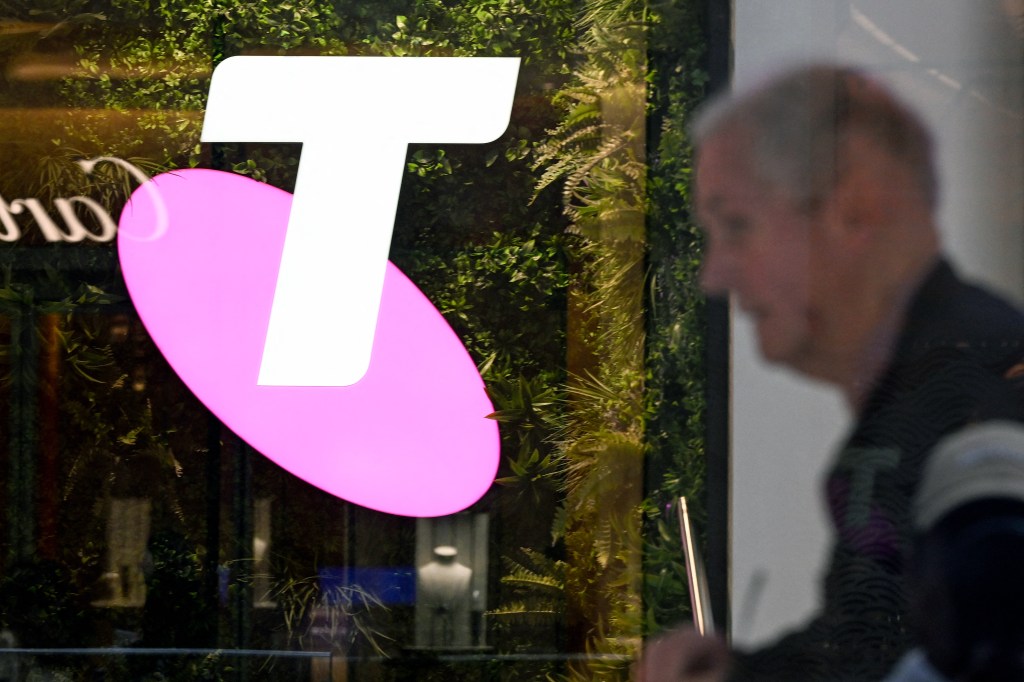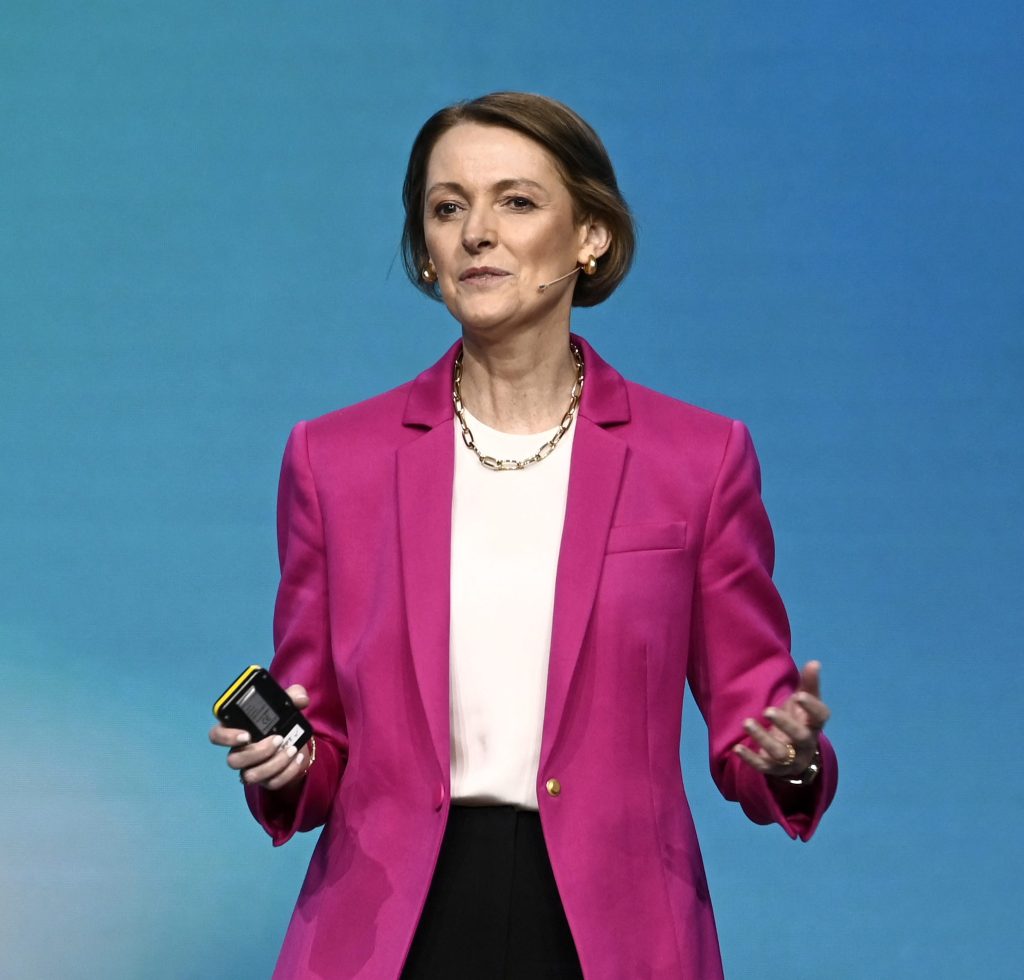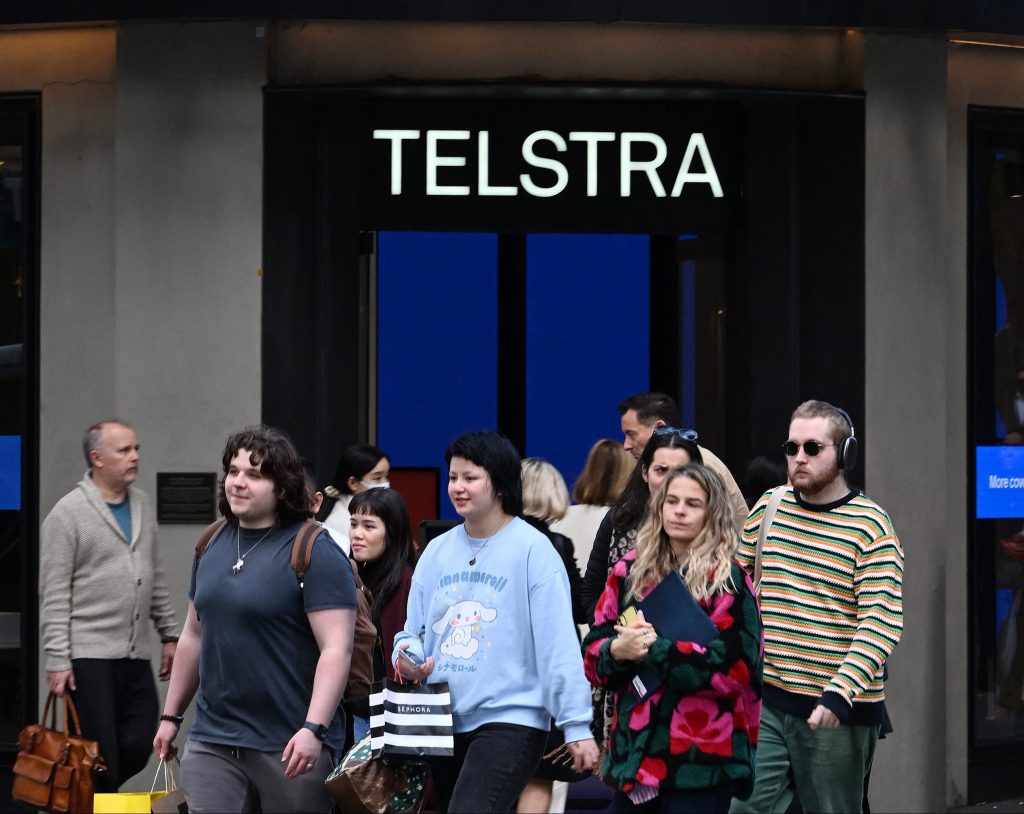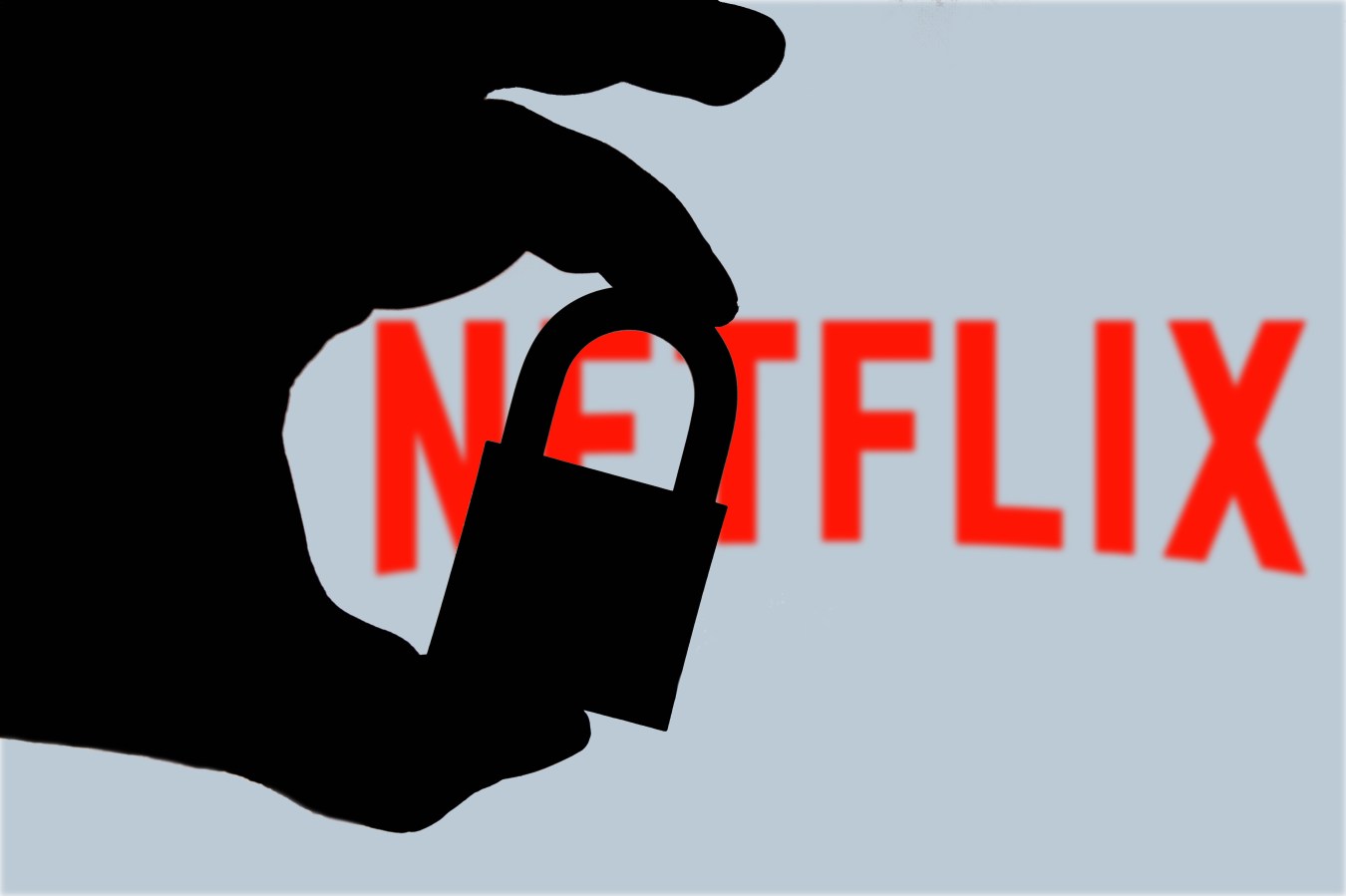The Melbourne-headquartered telco that made $2 billion in profit last year is hiking mobile plan prices 4%. The Telstra workforce is bracing for 2,800 layoffs this week.

If you post-pay your Telstra mobile phone bill, you can expect the price to be around 4% higher in 6 weeks time. Pre-paid accounts will also be subject to hikes, but those won’t take effect until October.
Telstra announced that most mobile plans will increase between $2 and $4 a month. Up until now, plan prices were adjusted annually and benchmarked to the consumer price index. Telstra CEO Vicki Brady announced in Telstra’s May earnings call that CPI would no longer be used to determine pricing. No clarification was provided on how the new prices were decided.
Tony Sycamore, an analyst with IG Australia, noted that while customers may not be pleased with an increase in monthly dues, investors welcomed the news. Telstra shares closed at a 3 month high on Friday.
“Telstra’s rally this week followed a larger-than-expected increase in mobile phone pricing plans, thought to be around 4 – 4.8%, which provides another reminder that hot services inflation in the Australian economy is yet to be tamed,” Sycamore told Forbes Australia.
“Further gains toward $4.00 appear likely as the Telco giant benefits from its pricing power operating with a cosy oligopoly framework.”
Cost of living crisis
The price hikes come at a time when Australians are under immense financial pressure from inflation. Brady acknowledges that telecommunications products are essential parts of the lives of Australians, and not something they want to give up.

“Connectivity services, whether it’s mobile, broadband, I think for a lot of consumers – even though [they] are doing it tough – it remains pretty high in their priorities of services that they want to maintain. Obviously, being connected is important to access a range of services, particularly if you’re someone experiencing financial challenges,” says Brady.
Financial challenges may also be ahead for the 2,800 staff that Telstra is laying off in the coming weeks. The cuts were announced in May in an effort to save around $360-million, and represent 9% of the Telstra workforce.
“The measures announced today are difficult, but they are necessary,” Brady stated in May.
Telstra recorded $2 billion in profit in the financial year ending 2023. EBITDA is expected to be $8.2 billion to $8.3 billion in financial year 2024, and as much as $8.7 billion in 2025.
Justification for price hikes
Telstra published a webpage giving the reasons for raising prices, stating it will “help us keep investing in the performance, reliability and security of Australia’s largest mobile network.”
Since 2019, traffic on the network has increased 3.5x, the company says. It will continue to grow by 20 per cent each year.

“Pandemic lockdowns shifted everything online, and data usage on our network surged. Even now, Australians use significantly more data than pre-pandemic attributed to an ever-increasing suite of smart devices in people’s homes,” Tesltra states.
More traffic requires infrastructure improvements.
“Think of it like a highway: you can’t double the traffic and expect the driving experience to be the same. To that end, we’ve had to widen the road, so to speak,” a statement on the Telstra site reads.
“We’ve invested billions in network infrastructure; upgraded our 4G footprint to be equal to 3G before the network is closed in the coming months, and 89% of the Australian population is now covered by our 5G network.”
Are you – or is someone you know -creating the next Afterpay or Canva? Nominations are open for Forbes Australia’s first 30 under 30 list. Entries close midnight, July 31, 2024.
Look back on the week that was with hand-picked articles from Australia and around the world. Sign up to the Forbes Australia newsletter here or become a member here.


